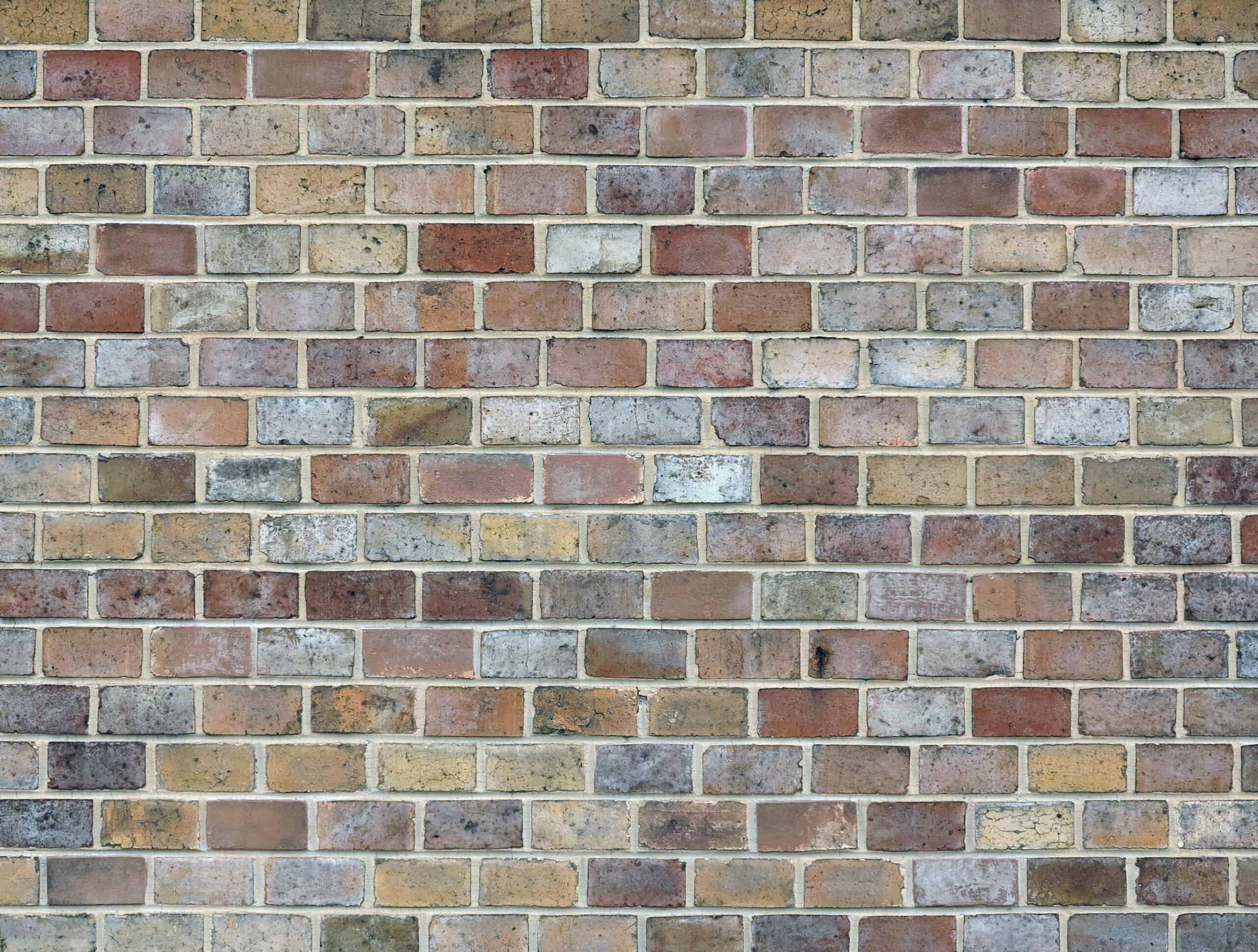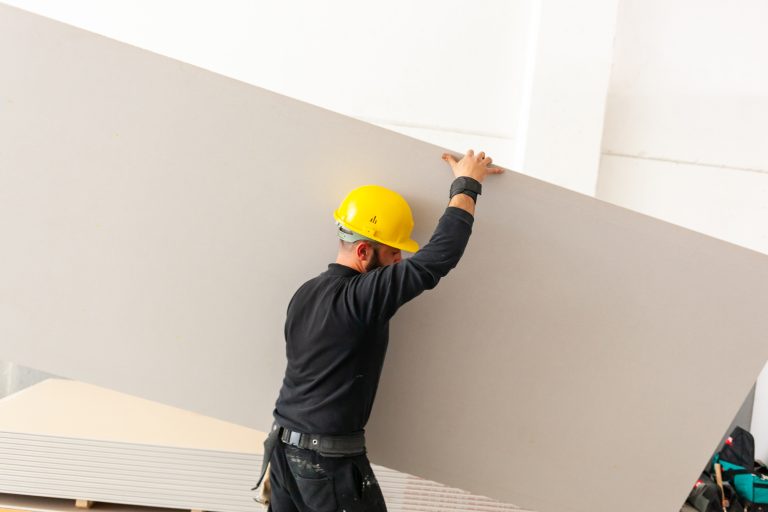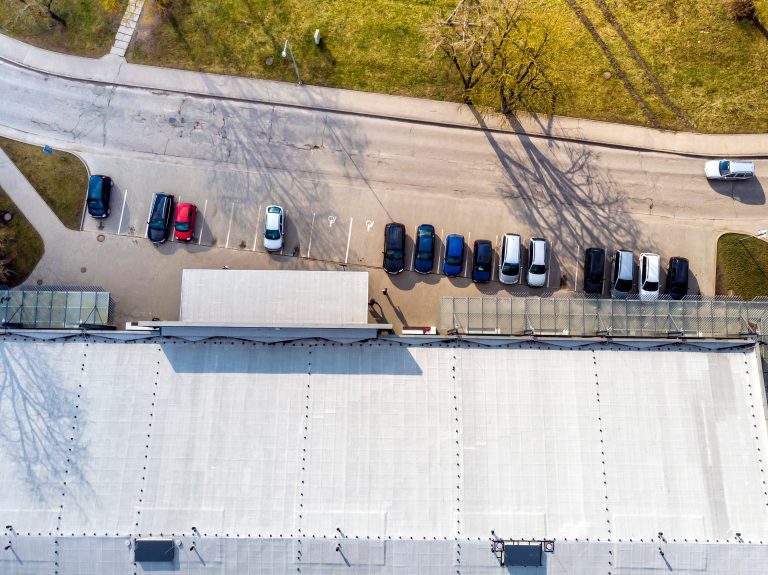Bricks are the most widely used human-made construction material in the world. With extensive origins dating back centuries, these simple building blocks have a glamorous history – and are still used today as a primary material in modern construction.
First discovered in 7000 BC in southern Turkey around the city of Jericho, ancient bricks were made from mud dried in the sun to harden. In ancient Egypt, a slightly different approach was taken, and bricks were made of clay mixed with straw. Paintings on the tomb walls of Thebes evidence this, portraying Egyptian slaves mixing, tempering, and carrying clay. The process improved by 3500 BC with the invention of fired brick, which does not require the heat of the sun and is instead made in a kiln. Fired bricks are built from fire clay, which has a high melting temperature (~1600 C). Chinese builders used these bricks to build walls and ceilings in 3rd century BC, and even to construct the tomb of the First Emperor of China, Qin Shi Huangdi.
The Romans used bricks in both public and private construction, building walls, forts, and arches that form part of historic sites, such as the baths of Caracalla in Rome. Although fired brick briefly disappeared after the fall of the Roman Empire, it resurfaced by the 12th century, and workers in medieval times kneaded clay with their bare feet to prepare it for brickmaking, shaping it into brick by pushing it into a wooden frame covered with sand or straw. Similarly, in Central America, adobe brick, or sundried brick made of clay and straw, was used in many Aztec adobe structures.
In the 19th century, technological advancements enabled the development of modern machines to automate many aspects of brick production, and today, bricks of various types are used in construction. Fly ash bricks, for instance, are created by burning coal, and consist of fly ash and cement. While the process of burning coal can have negative environmental impacts, fly ash bricks can withstand heat and water well due to low absorption rates. Sand lime bricks, or calcium silicate bricks, are another choice; comprised approximately 88-92% of sand and 8-12% of lime, sand lime bricks are formed through a chemical reaction that occurs as the wet brick dries under heat and pressure. However, these bricks have low tolerance for water and fire, and are typically not used to lay foundations or other similar constructions. Concrete bricks are a more aesthetic choice as these bricks can be easily formed into a variety of shapes and sizes, unlike clay or sand lime bricks. That said, concrete shrinks over time, while clay bricks provide a tighter seal and more insulation over time.
Durable and budget-friendly, bricks are suitable for many modern construction and engineering projects such as buildings, tunnels, bridges, walls, floors, archways, chimneys, fireplaces, patios, or sidewalks. With such versatility, it’s little wonder that they remain popular as a building material.
Looking for a team to take the lead on your next project? At Pulse Construction, we’re committed to doing business with an honest, professional, and competitive approach – without compromising safety or schedules. Contact us today for all of your building needs.



